When I attended a post-secondary program on Cannabis Cultivation in the winter of 2023, we had a series of local Licensed Producers visit our class and talk about the industry. At some point they all mentioned GemmaCert, so I knew that I wanted to review this mini-spectrometer and try to understand the science behind it for the inaugural issue of CJM; especially because GemmaCert was established in 2015 in collaboration with the Hebrew University of Jerusalem—for a cannabis Jew, it doesn’t get more promising.
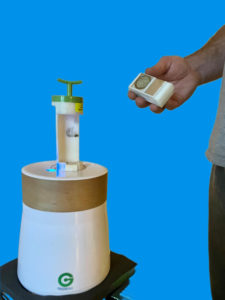
![]() The GemmaCert (GC) is a portable, tabletop machine with a camera and spectrometer that is able to scan 24 different spots around a sample of raw flower to provide an approximate measurement of the amount of THC, CBD, and CBG it contains. It also costs a few thousand dollars, so I decided to ask Steve Gaul about his experience using the GC as part of his cultivation practice as a master grower at Jazz Cabbage Gardens in Nova Scotia. I knew this would be helpful in the effort to understand how it works, since Steve is a master grower with an extraordinary ability to talk about cannabis science as if it’s everyday chatter, and can break it down better than any source on the internet. A good example is when we started to talk about the science of near-infrared spectrometry, and I asked him how the GC can detect the chemical constituents of the flower by measuring the light or “spectra” produced by it, and he explained:
The GemmaCert (GC) is a portable, tabletop machine with a camera and spectrometer that is able to scan 24 different spots around a sample of raw flower to provide an approximate measurement of the amount of THC, CBD, and CBG it contains. It also costs a few thousand dollars, so I decided to ask Steve Gaul about his experience using the GC as part of his cultivation practice as a master grower at Jazz Cabbage Gardens in Nova Scotia. I knew this would be helpful in the effort to understand how it works, since Steve is a master grower with an extraordinary ability to talk about cannabis science as if it’s everyday chatter, and can break it down better than any source on the internet. A good example is when we started to talk about the science of near-infrared spectrometry, and I asked him how the GC can detect the chemical constituents of the flower by measuring the light or “spectra” produced by it, and he explained:![]()
“it’s basically looking at the light in the infrared spectrum bouncing off a material, and then looking at what’s been recorded in chemical identification. It’s almost like every chemical has a spectral fingerprint because it’ll absorb energy at different frequencies . . . it’s a fundamental aspect of physics or one way that you can look at materials.”
After Steve-the-Science Guy helped me appreciate the beauty of physics, I could better understand how GemmaCert works; it makes use of digital processing techniques to measure the “spectral fingerprint” of a particular sample of flower, and then analyzes it against a database of images to narrow and refine what it revealed about its chemical composition. The website explains that before samples are added to the database, “they undergo comprehensive spectra measurement by a number of GC devices, as well as HPLC (High Performance Liquid Chromatography) analysis.” Further, the database is continually growing with collection at labs in Israel, North America, and Europe, so that its results become more precise over time.
When Steve showed me a demonstration of the GC using flower with CBD:THC at a ratio of 1:1, he first used a grinder to break down some flower before putting it into the GC’s little chamber (although you can use whole flower and even crude extract). Then he put the chamber into the GC, and connected it to his cell phone, and we waited about 5-10 minutes while it calibrated the results.
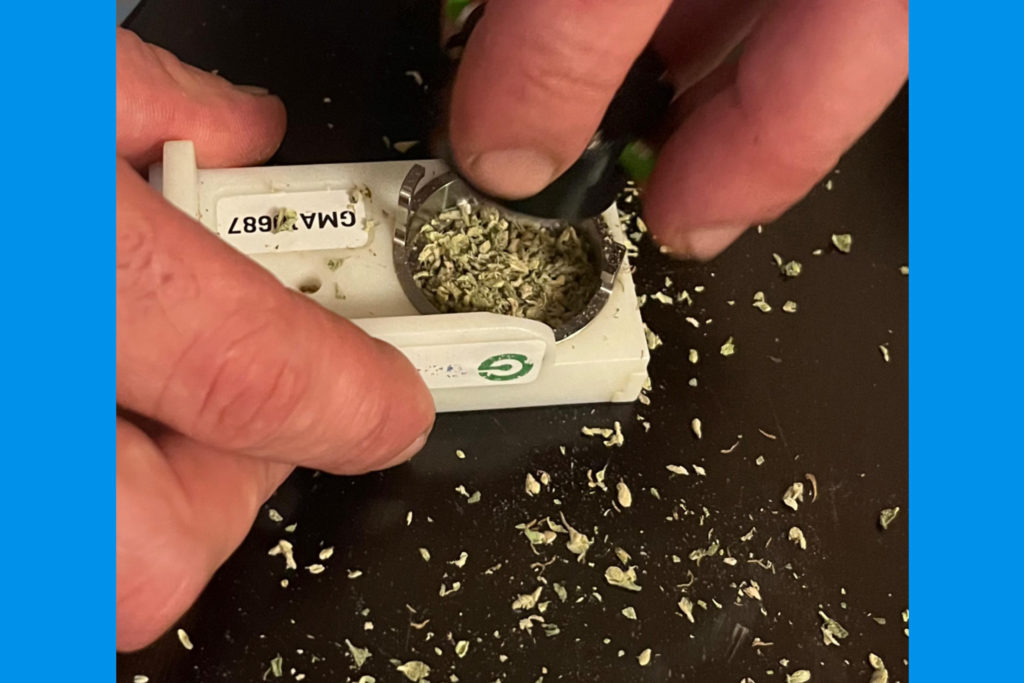
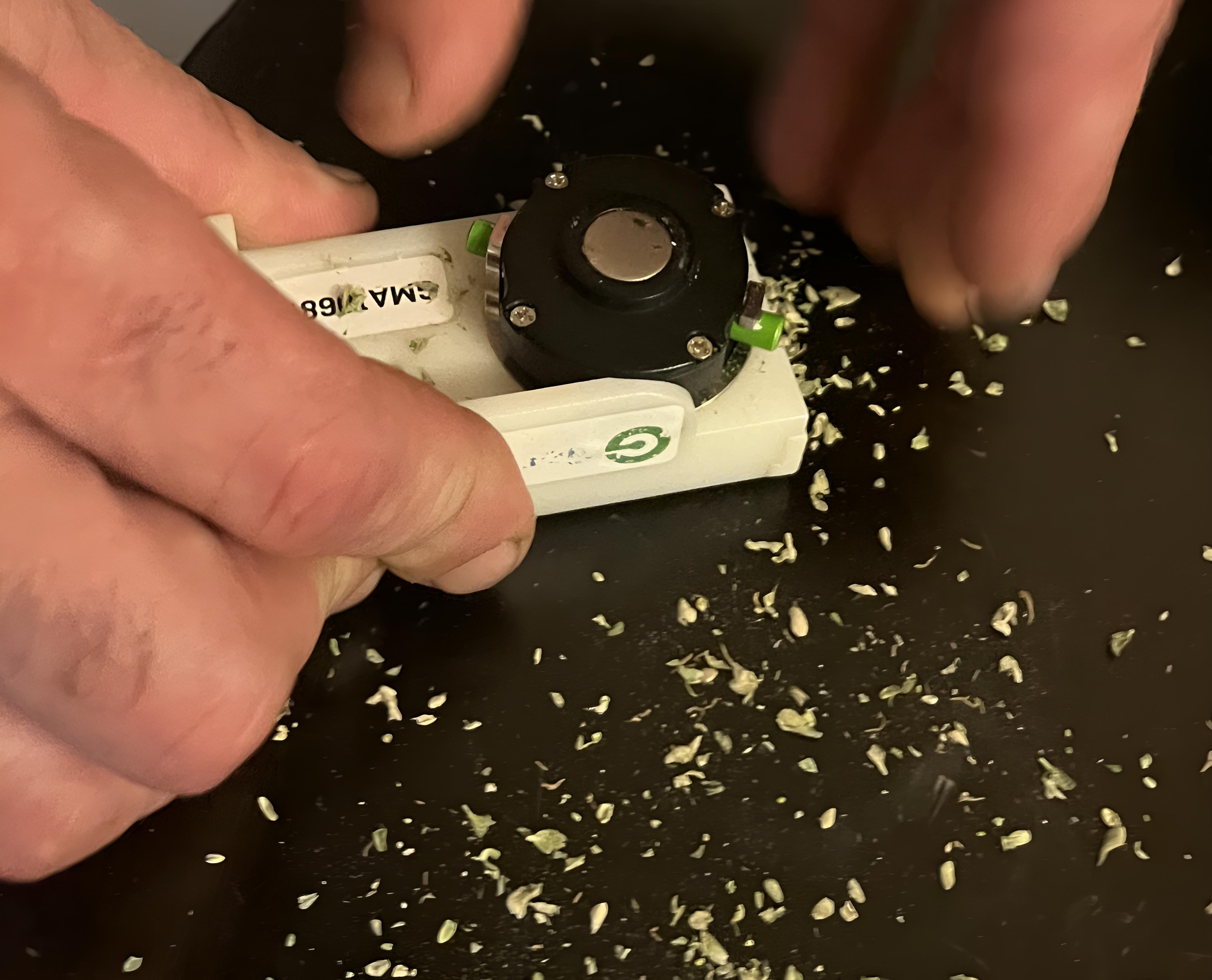
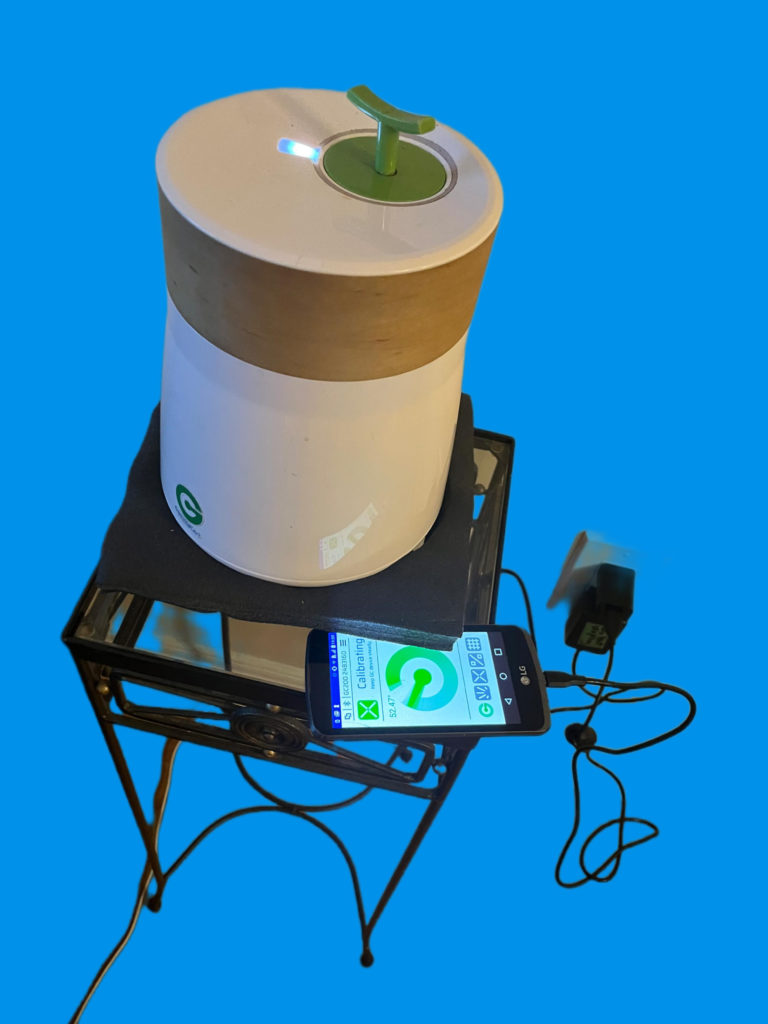
Then we received the analysis of the type/amount of THC, CBD, and CBG in the sample on his cell phone, and logged in to the software that runs this data through different metrics and compares it to previous samples.
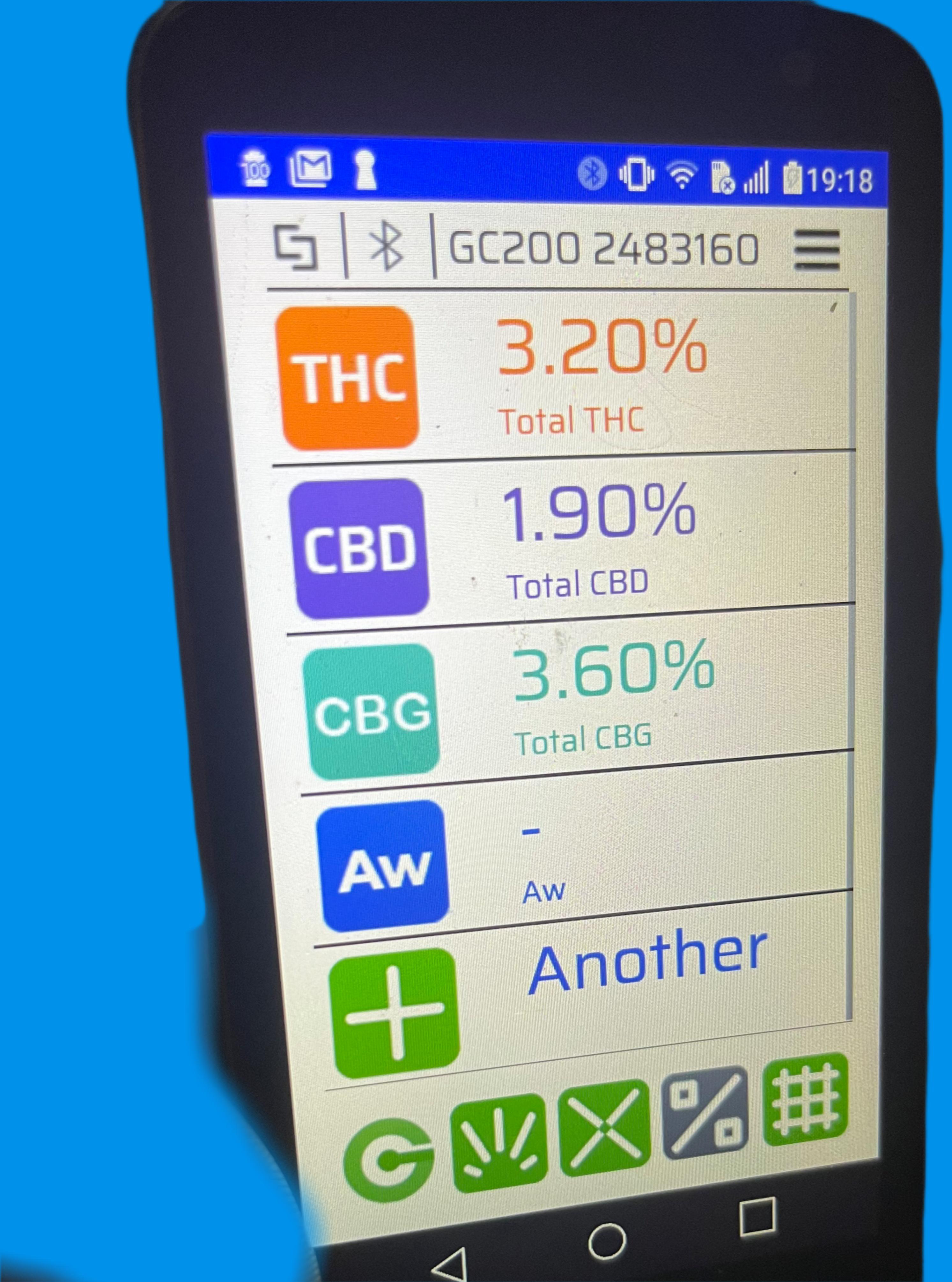
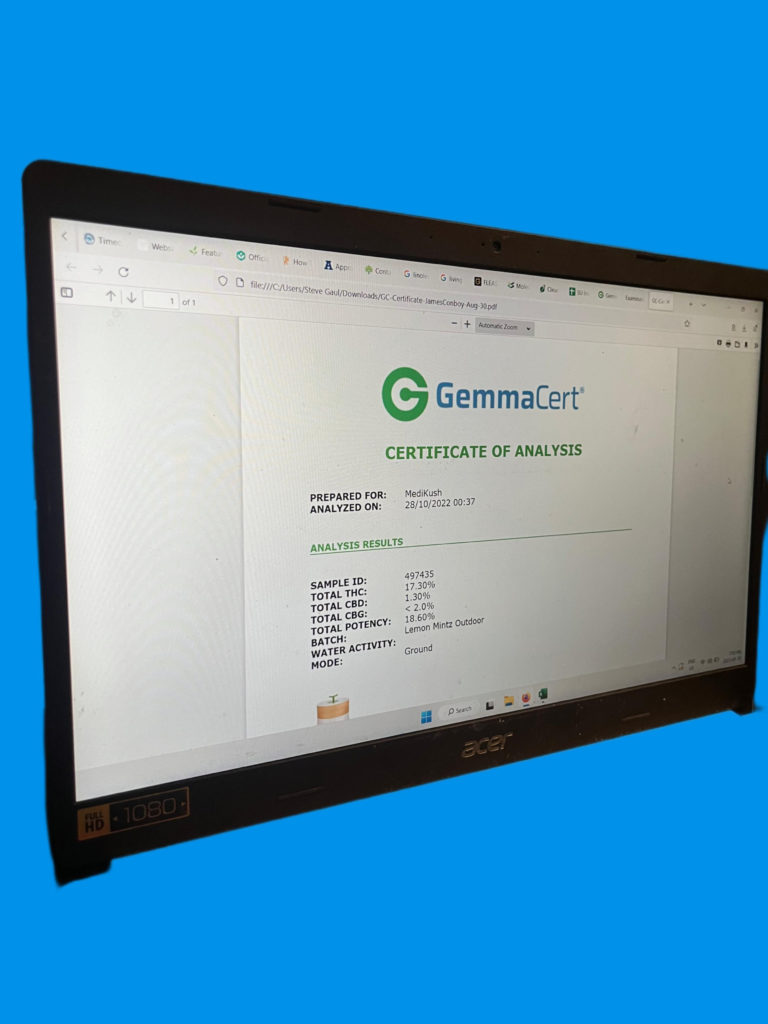
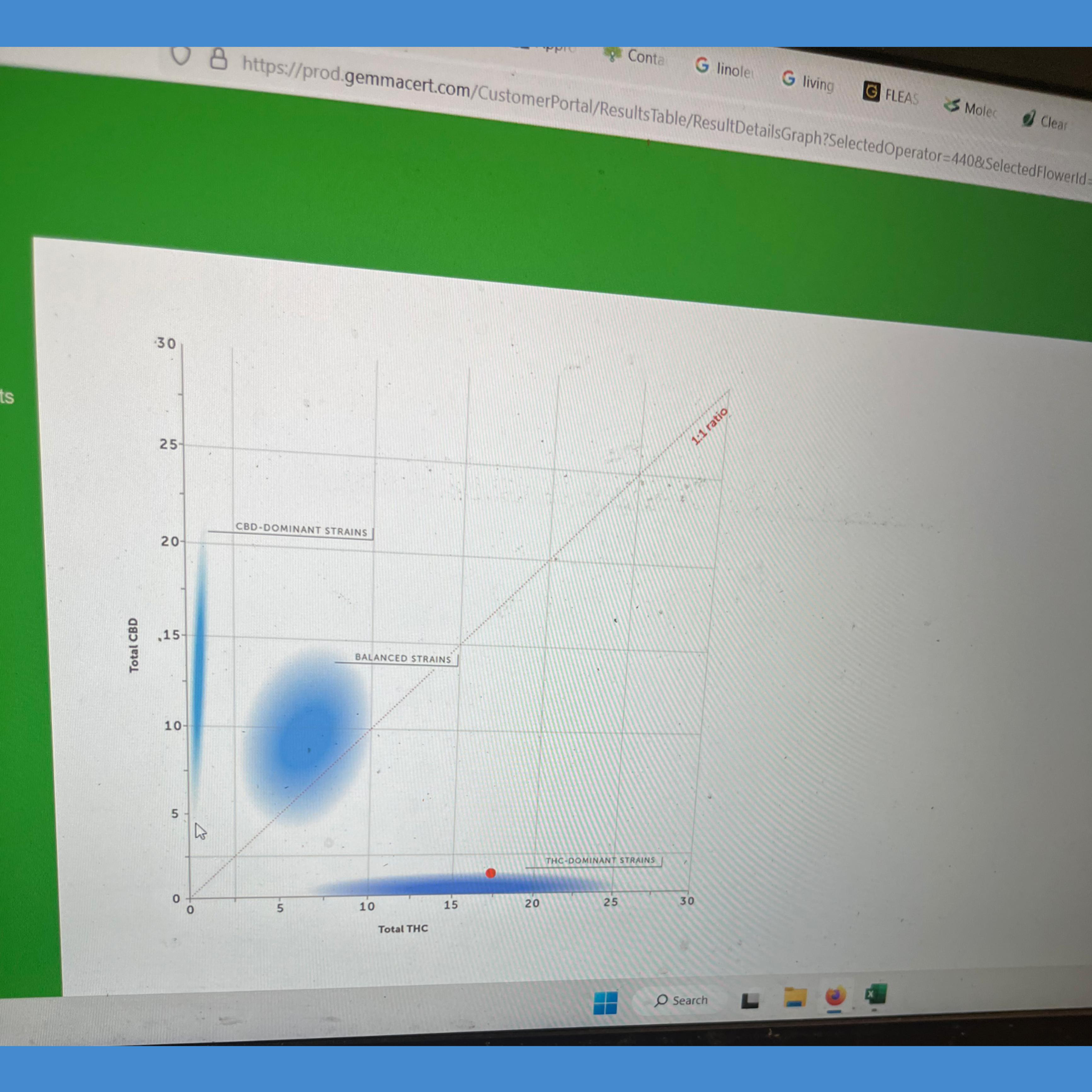
If you’re a home grower or ganjier-in-training and thinking: “this would be cool just for my own interest,” you ain’t wrong—and it’s a point I brought up a few times to Steve. Although it’s marketed to industry professionals, the GC is so cool and user-friendly, that if folks who medicate are curious about buying one to stay better informed about the cannabis they consume, I would wholeheartedly recommend it because it’s also a lot of fun to use—even better than staring at trichomes with your jewelers loupe.






